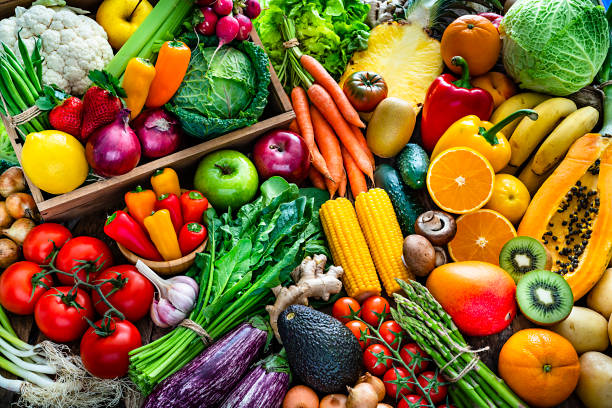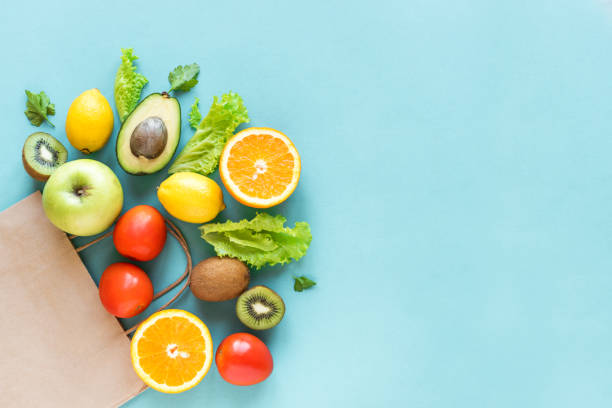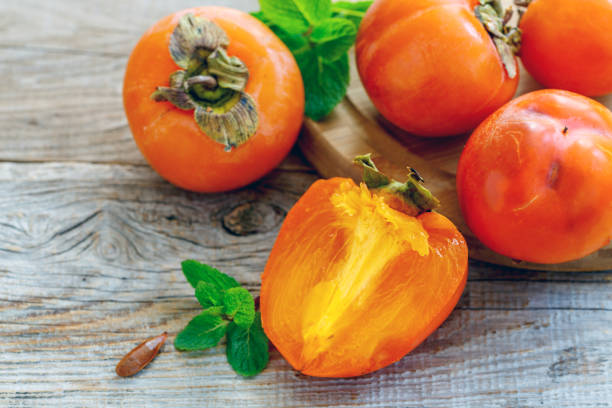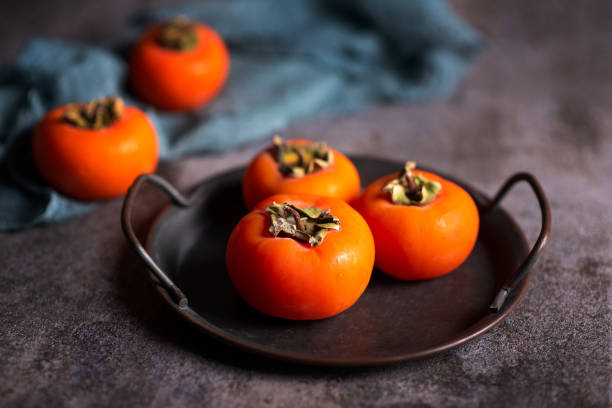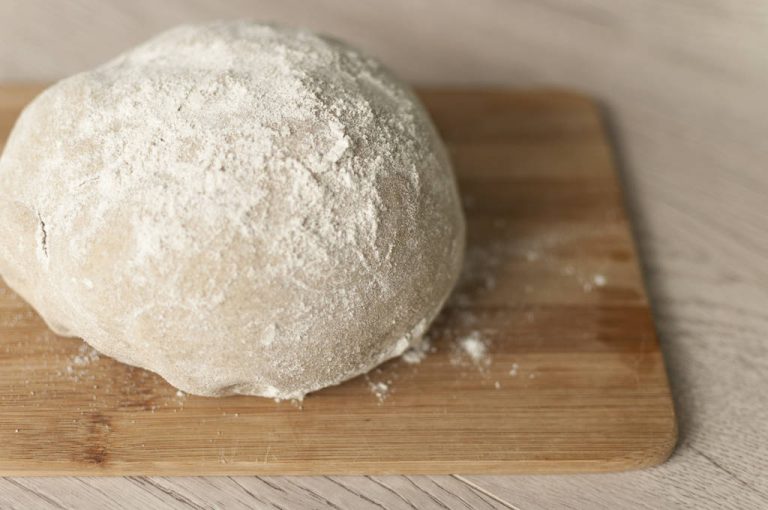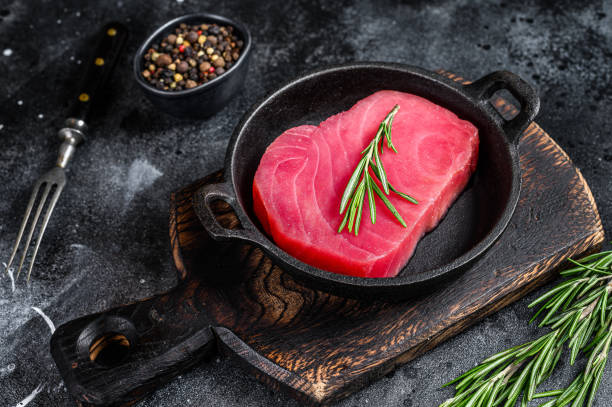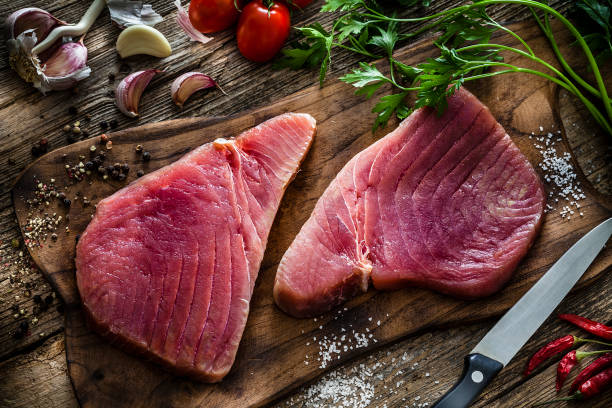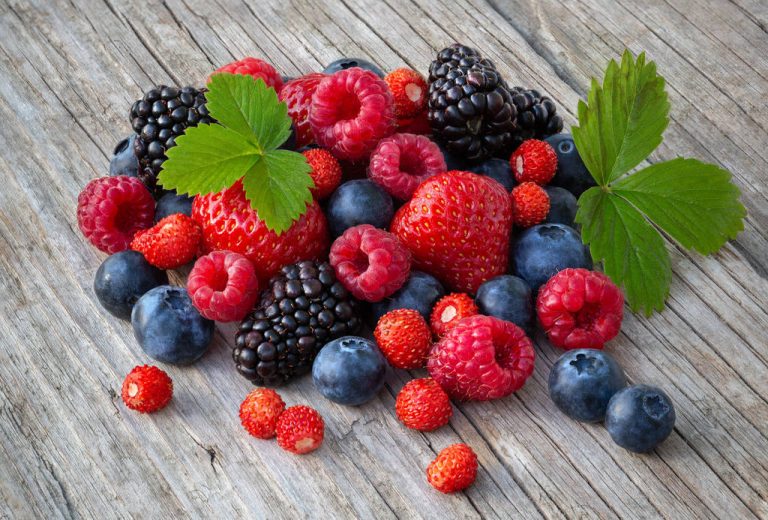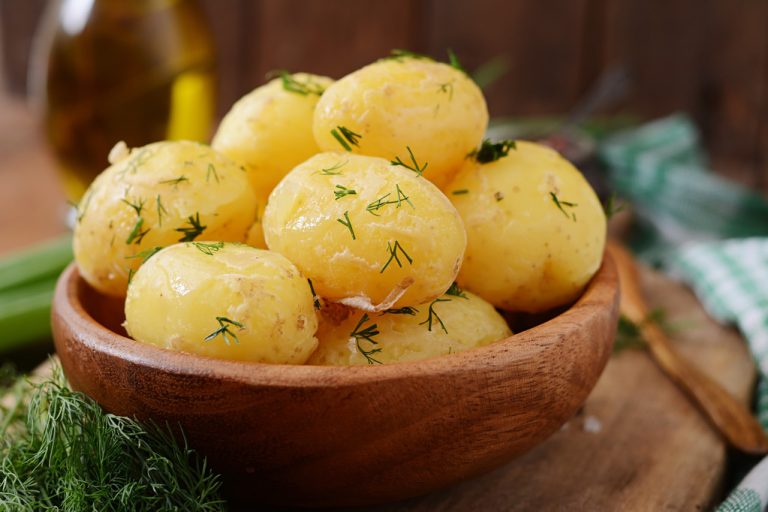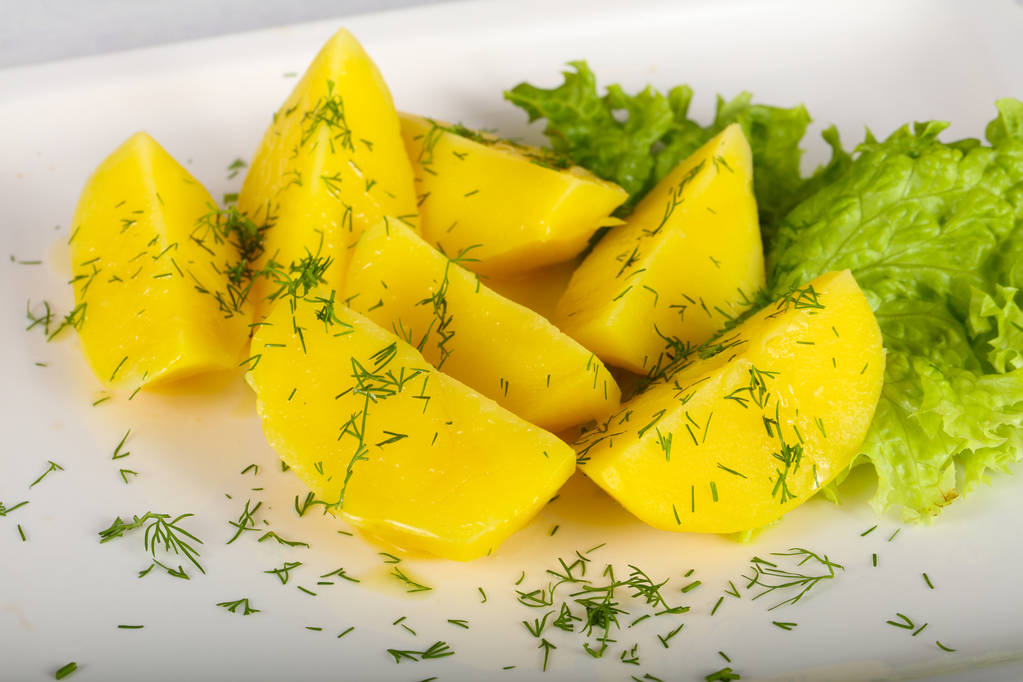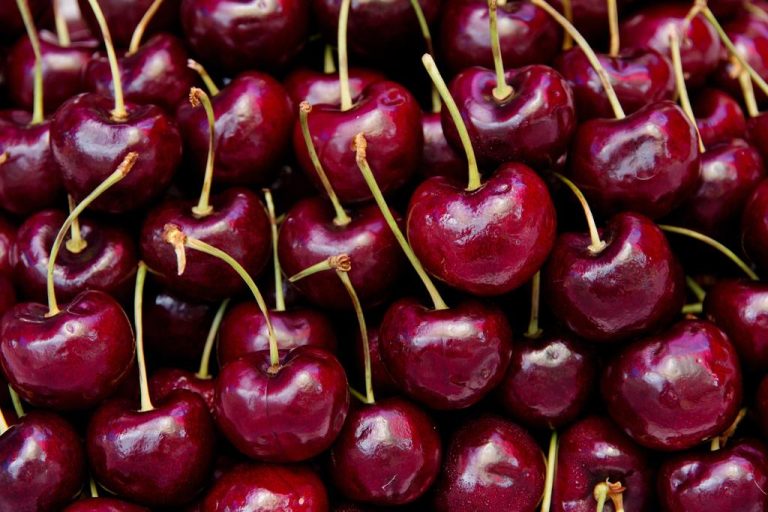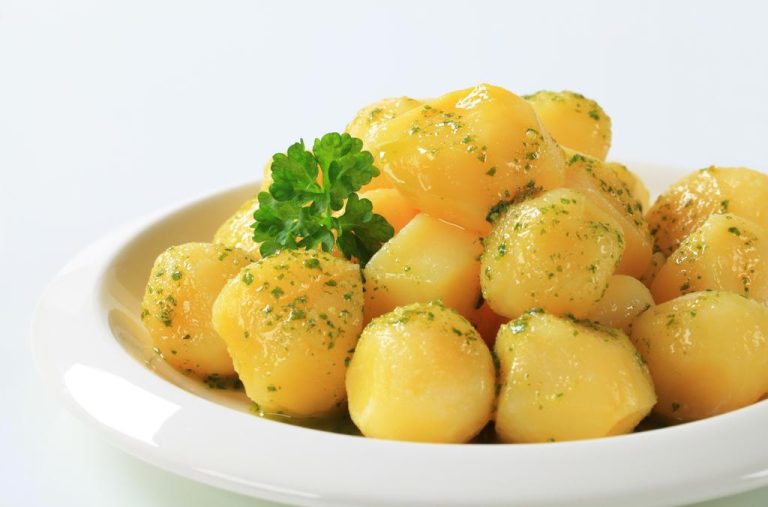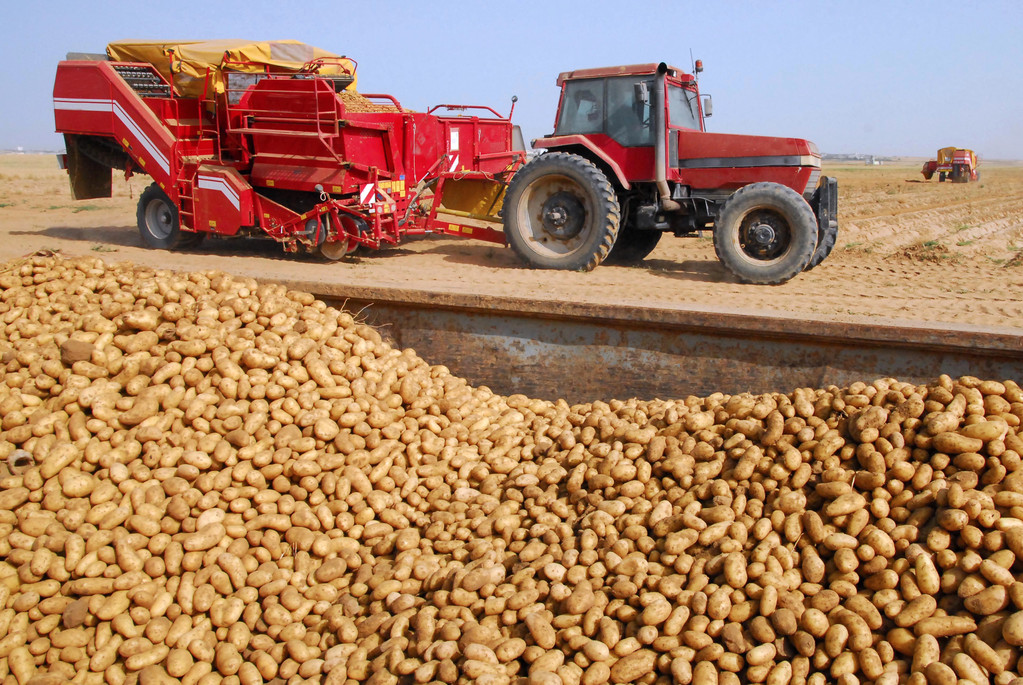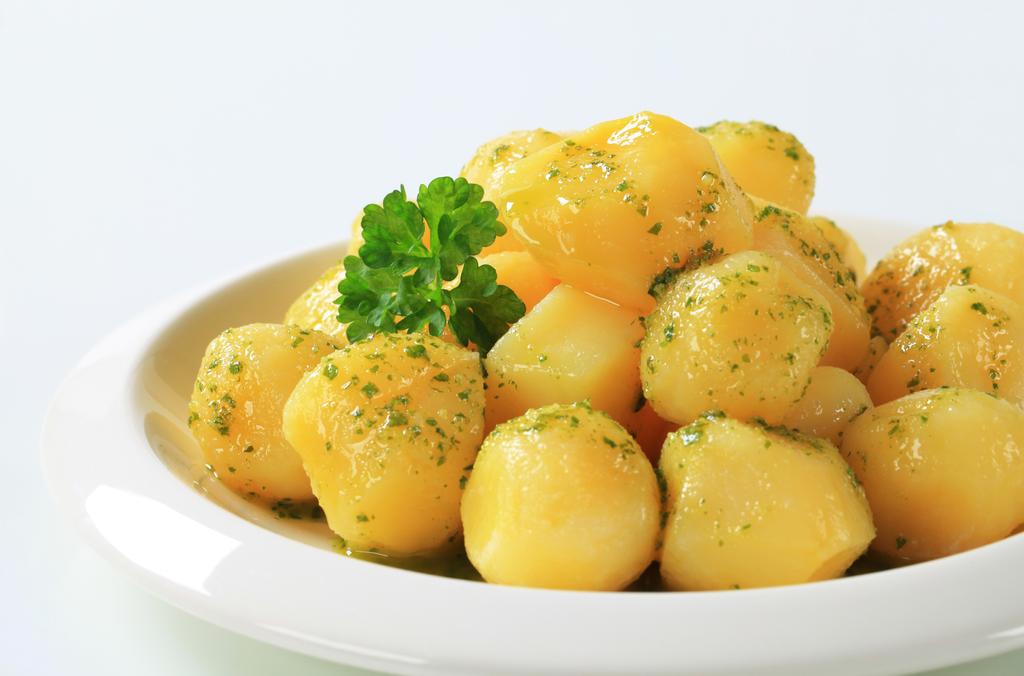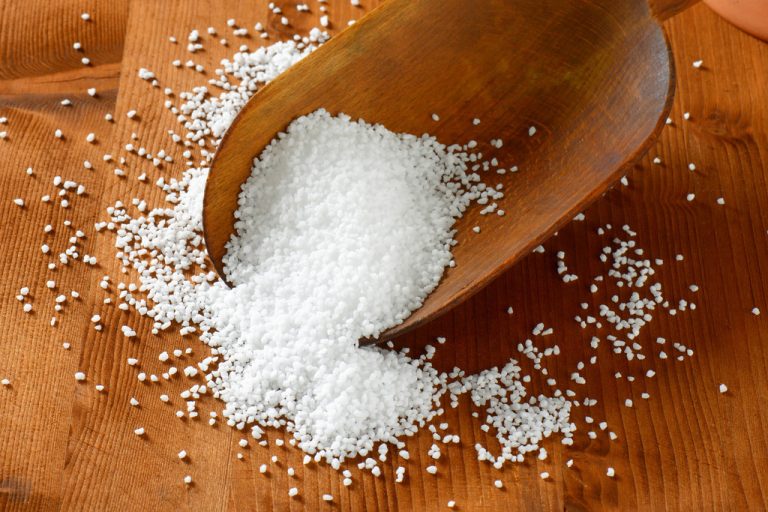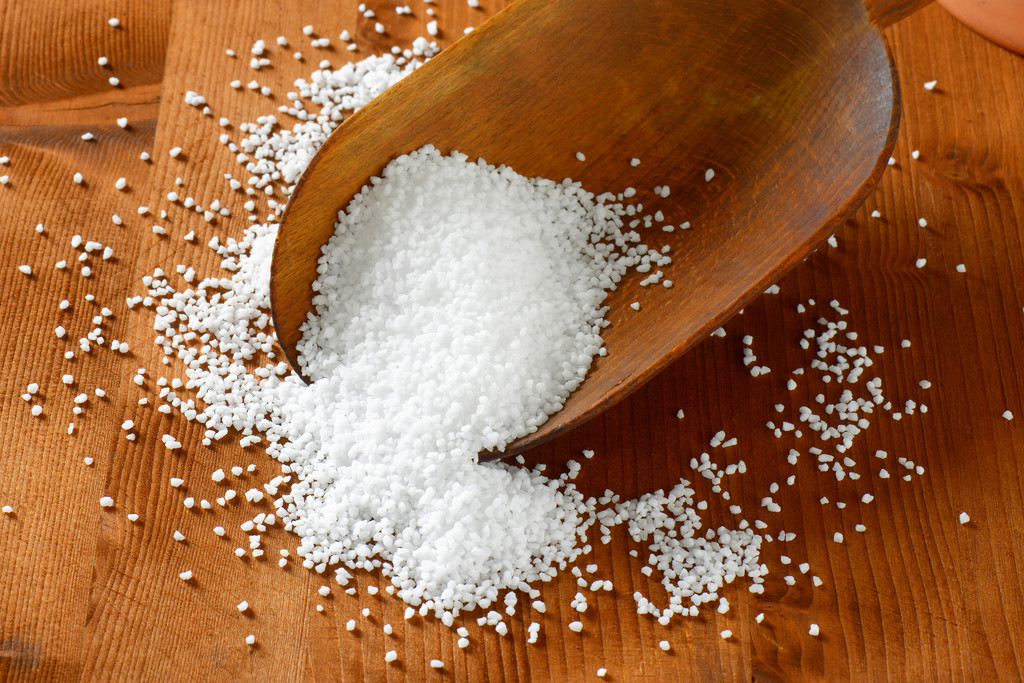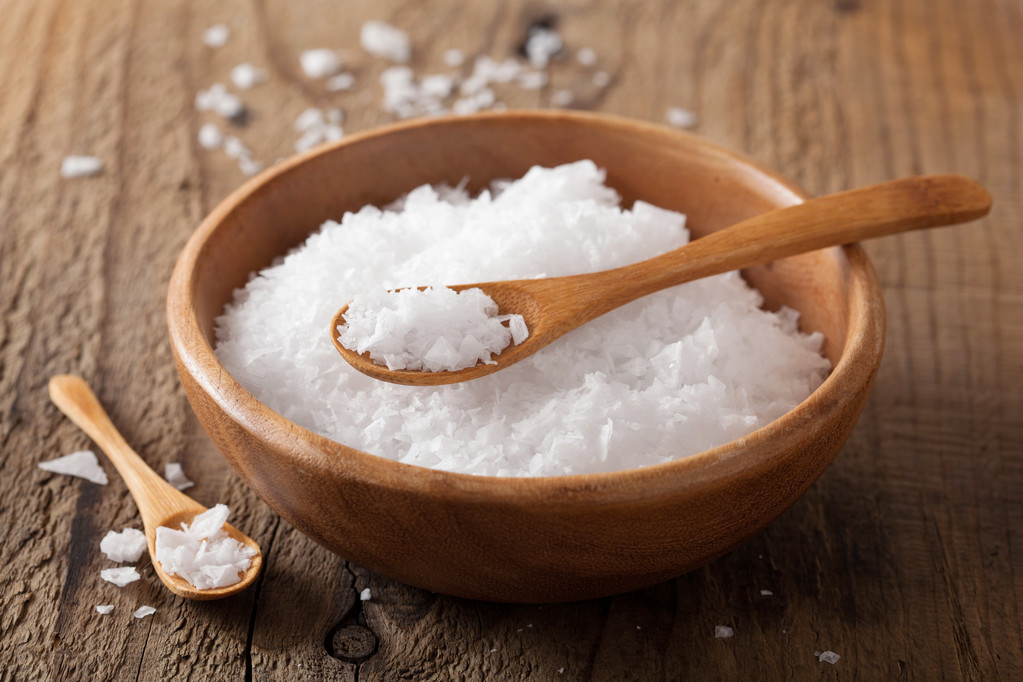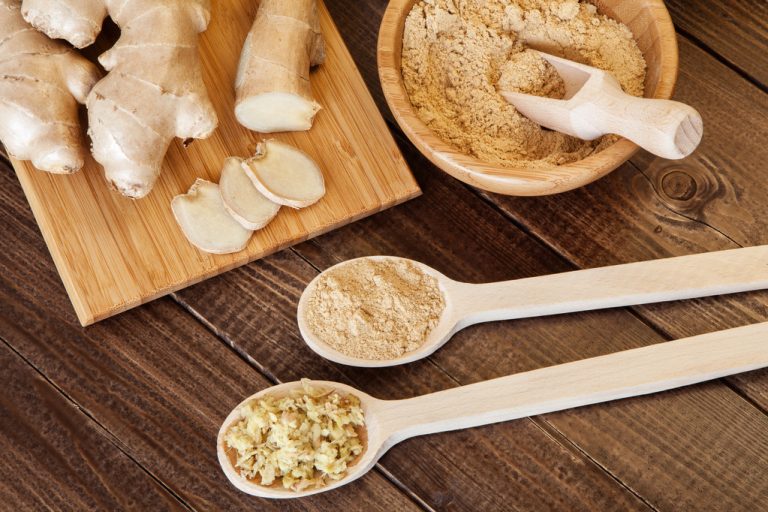Can Food Increase Pleasure in Bed? Yes, our diet actually has an impact on libido.

Increase libido: Better sex is also a matter of diet
“To seduce a person, all you have to do is serve the right food,” goes the old myth. Now many might think: A good meal might help to build a romantic mood, but not to have good sex.
But is that really true? No, because there are actually some foods that actually have a positive effect on our hormones and libido. For example, they produce more testosterone or stimulate blood circulation.
Some products can also be combined to get the maximum pleasure-enhancing effect.
#1 Ginger
In China, the ginger root has long been considered a herbal aphrodisiac. The pungent ingredient is used to invigorate or increase libido. It has an irritating and stimulating effect on sexual desire, sexual pleasure and the genitals. When drunk as a tea, the ginger root is mild, but when rubbed in, peeled or as an oil, it can enormously increase physical arousal and lead to a more intense orgasm.
#2 Cinnamon
Cinnamon is very popular in sweet dishes and Christmas treats. But to spice up your love life, the powder is also very good. In the past, the spice was used as a stimulant because cinnamon promotes the production of pheromones. These are endogenous hormones, which are also known as so-called sex messengers and thus increase sexual desire.
#3 Champagne
Champagne and other alcoholic beverages stimulate desire and reduce inhibitions. Small amounts have a sexually stimulating effect and increase hormone levels in women, which leads to a greater feeling of pleasure. In champagne, the carbon dioxide also stimulates the nerves in the tongue and mouth. But you shouldn’t overdo the alcohol consumption under any circumstances, because otherwise the shot will backfire. Incidentally, the champagne can be perfectly combined with a few pomegranate seeds, as these also sensitize the genitals.
#4 Chocolate
The Aztecs called chocolate “food of the gods” and even today the aphrodisiac effect of the cocoa bean is not disputed. The snacking leads to a release of endorphins. These form sex hormones and lead to a higher libido. To really get in the mood, the Aztec love potion would be a solution. Hot chocolate with real vanilla, because vanilla stimulates sexual desire.
#5 Spinach
This should be of particular interest to men, because spinach protects against constriction of the blood vessels due to its large proportion of iron and magnesium. As a result, the man lasts longer during the act and the blood circulation works properly.
#6 Chili
Spicy dishes with chili are best for stimulating blood circulation. The sharpness releases endorphins, which really get the blood pumping. The happy hormones also get the circulation going, which is a nice side effect. Chilies are often referred to as a natural aphrodisiac, but don’t overdo it or you’ll be sweating. Also, make sure you wash your hands before making love, otherwise it could get uncomfortable – for you and for your partner.
#7 Avocados
The trend fruit should not be missing in sex life either. The Aztecs referred to the avocado as “the fruit of the testicle tree” and even then considered it to increase lust. Due to the vitamin E and unsaturated fatty acids it contains, the avocado stimulates blood circulation, but also stimulates the sense of irritation. The amino acid in the avocado is converted into the happiness hormone and thus creates exciting thoughts even before sex.
#8 Fish
Fish lovers will probably last longer in bed, because the omega-3 fatty acids ensure good blood circulation and prevent exhaustion. Salmon in particular makes you want to eat it for a long time and keeps lovemaking going for a lot longer. Thanks to the vitamin D it contains, the fish eater provides himself and his partner with inexhaustible, longer-lasting pleasure.
#9 Watermelon
It is already known that a melon is not only a delicious dessert, but is also considered healthy. But due to its high levels of amino acids, agricultural researchers at Texas A&M University found that it affects blood vessels throughout the body. The well-known summer snack will not only remain popular at the bathing lake, but will also be available as a dessert to take home on the evening of a date, because the cool melon leads to a higher libido.
#10 Celery
Sounds funny, but it’s true. This is because celery contains butyl phthalide. This substance has a calming and relaxing effect and is known to play an important role in sex. Celery is often described as one of the most natural and well-known sexual enhancers. In addition, the tuber should contain hormone-like substances that are similar to male sexual attractants. From a sexual point of view, celery should not be underestimated as a lust-enhancing food.
